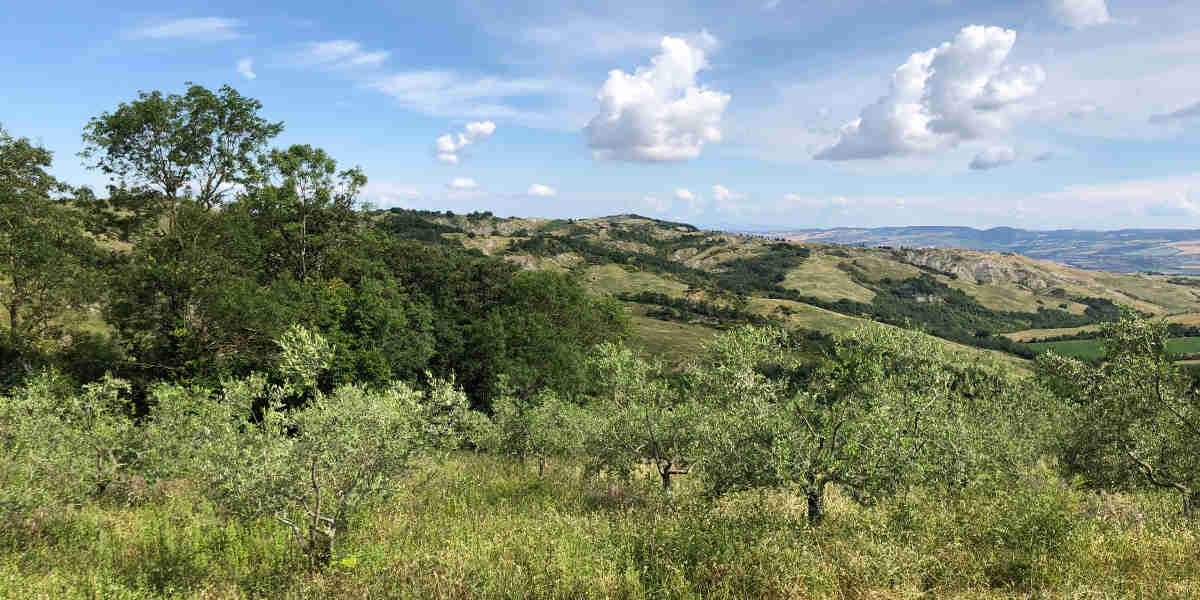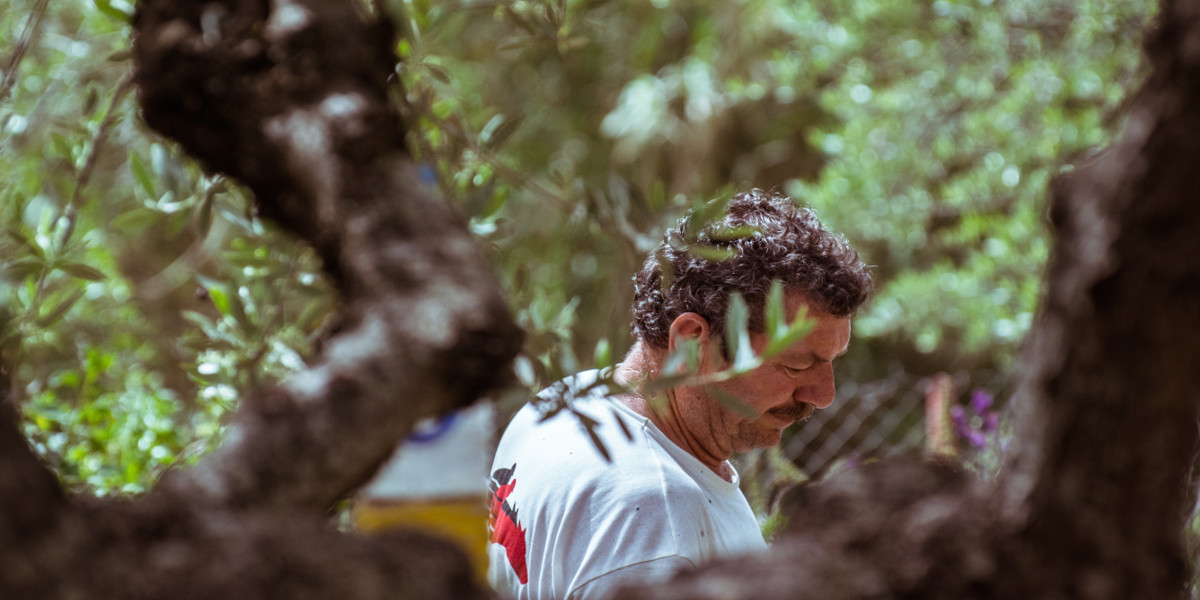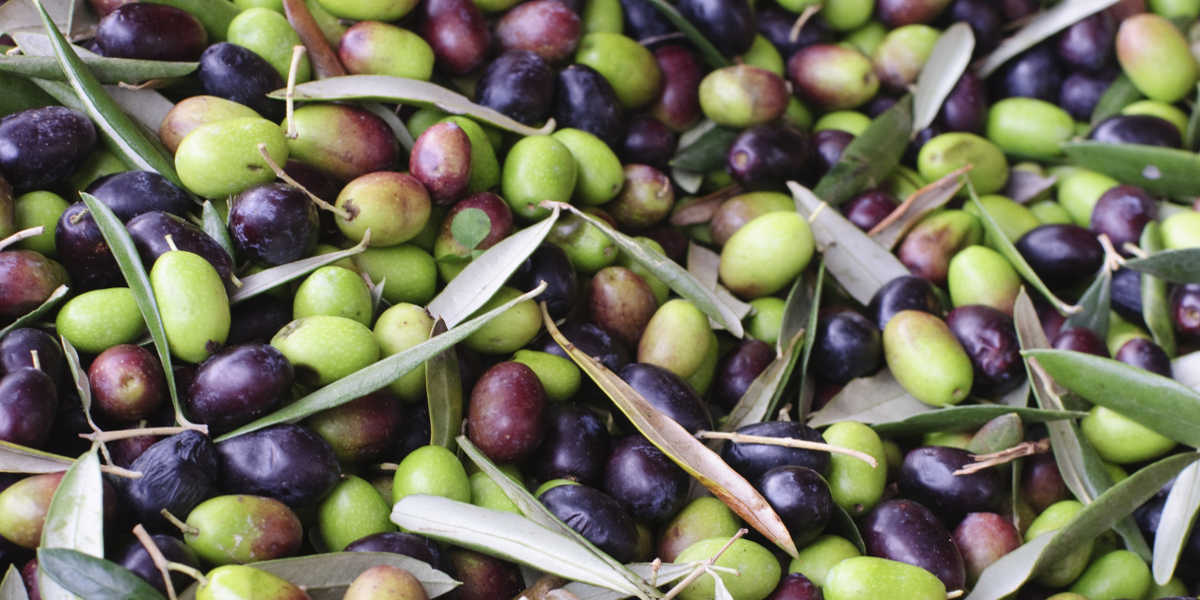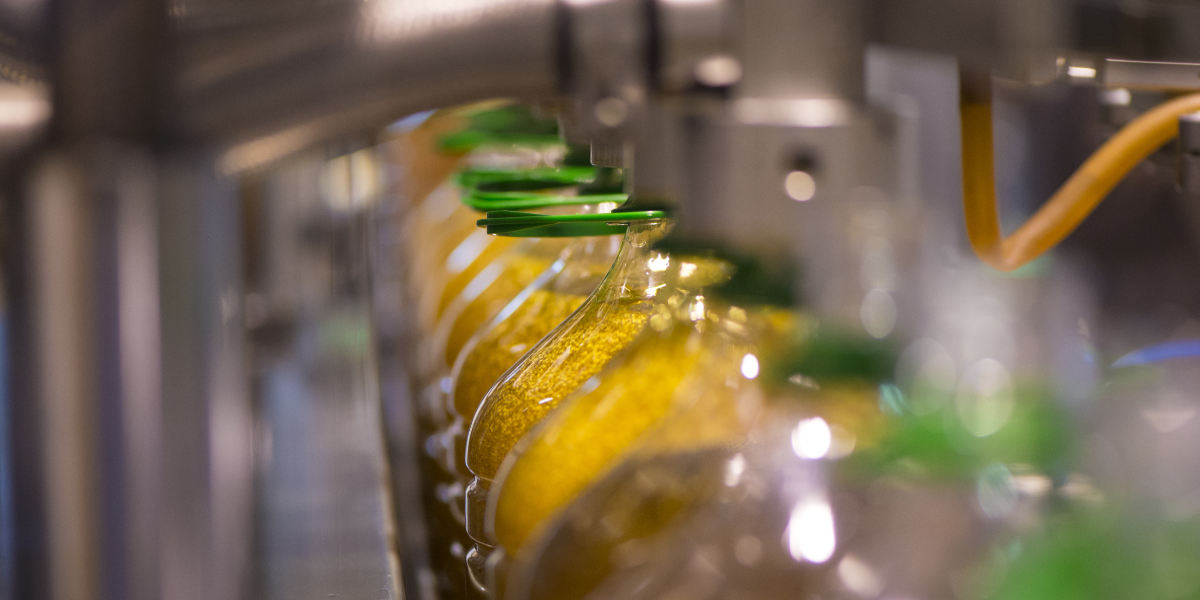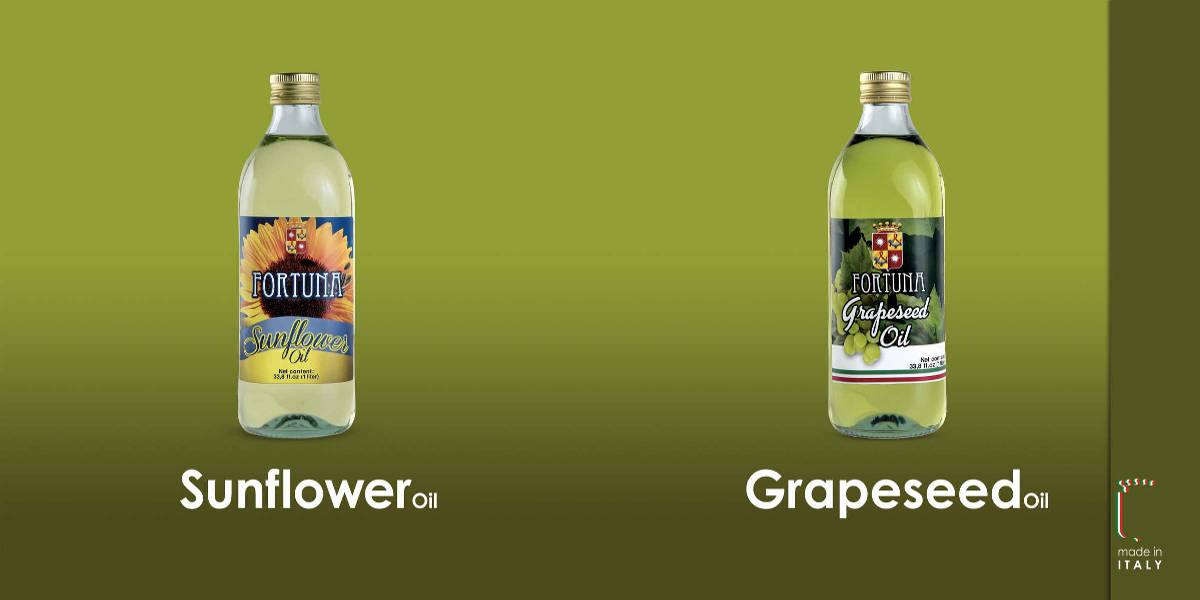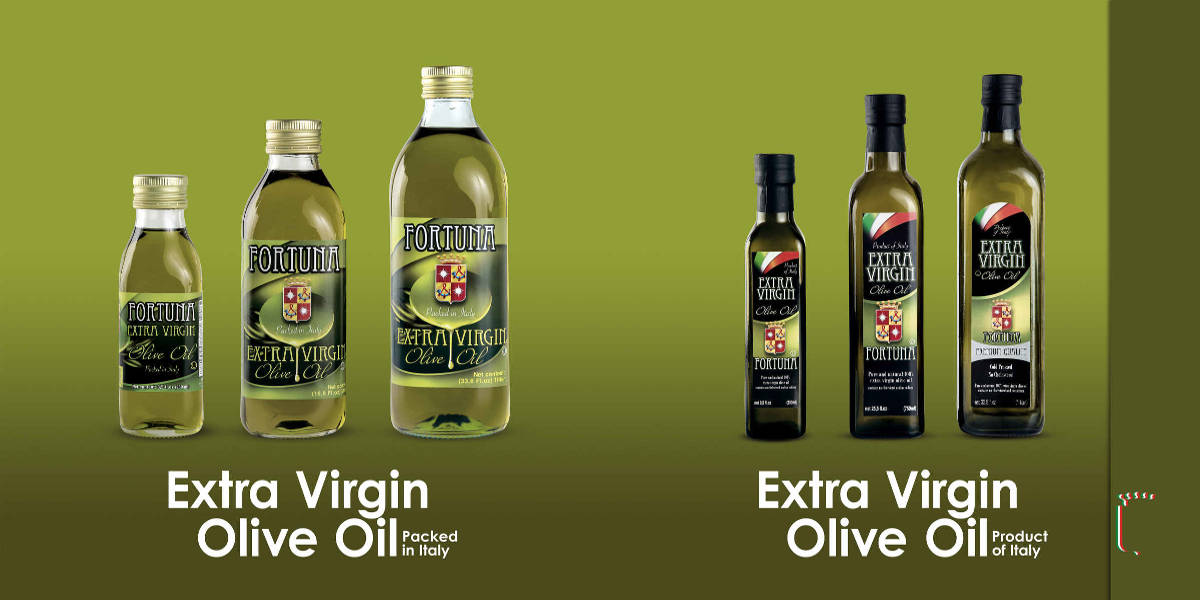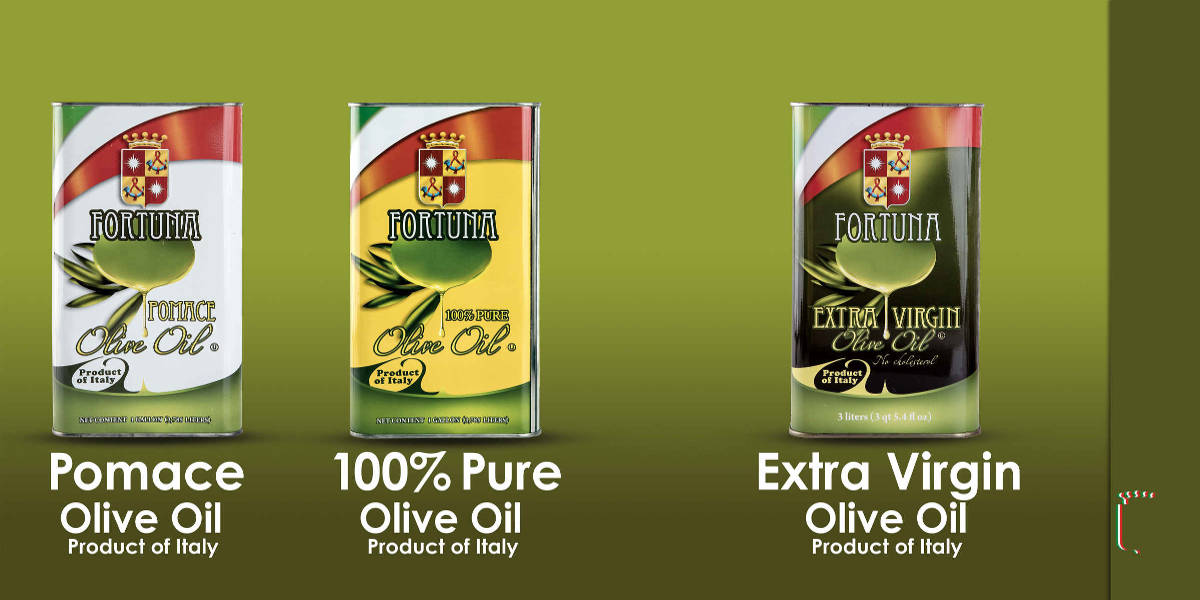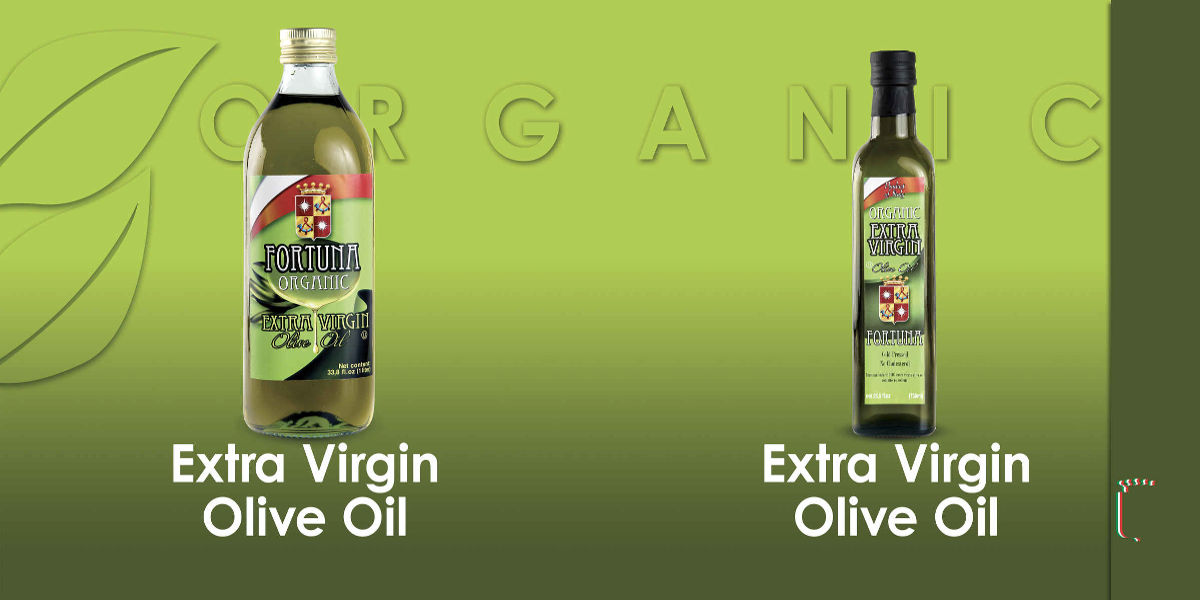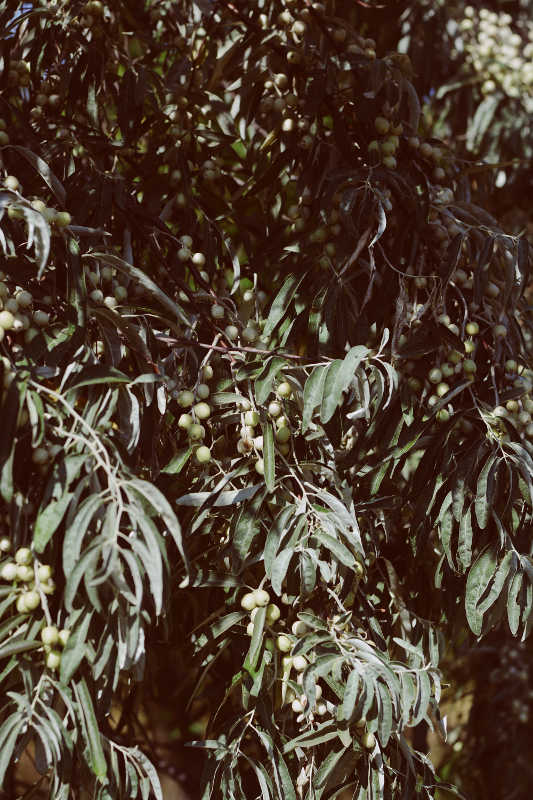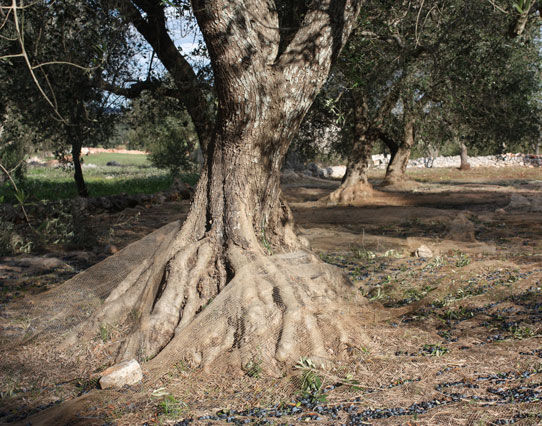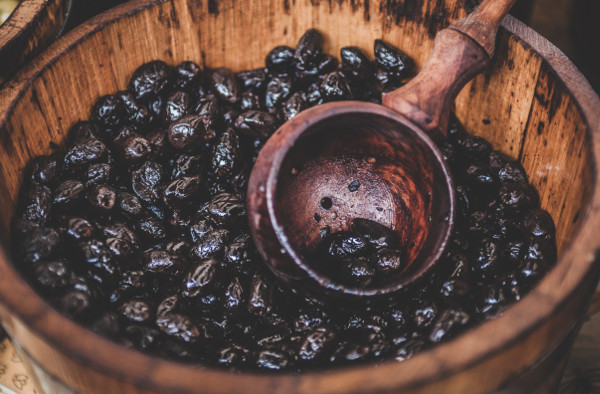Oil processing phases
Italy, together with Spain is one of the most important olive oil producers in the world. Our company is one of the main exporters. The olive trees are cultivated throughout the Italian territory, in Tuscany, Umbria and in particular in the much appreciated South of Italy regions like Puglia, Campania and Sicily.
The olive tree is an evergreen plant mainly cultivated in the Centre and South of Italy regions, specifically in the Tuscan, Umbrian, Puglian hills where the factories are.
HARVESTING
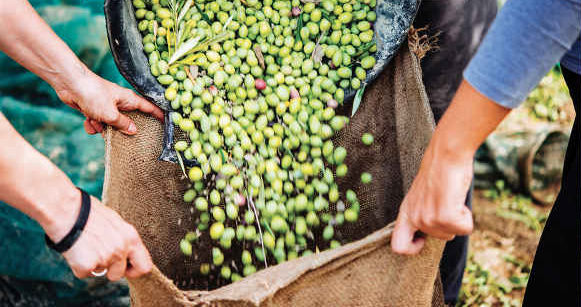
The olive harvesting takes place between October and November and is exclusively done by hand. It is carried out when the olives are ripe, placing nets under the crown of the tree, and they are either handpicked or collected using rakes to collect the fallen olives.
PREPARATION AND PACKAGING
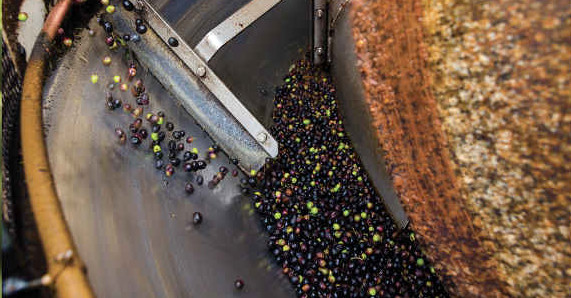
Once harvested the olives are weighed, thoroughly washed and taken to the oil mill where they are placed in washing tanks. Subsequently to that they are crushed in millstones which crush the olives and bring out the pulp after an hour.
The olive pulp is then pressed to produce oil droplets together with water.
During the last phase the oil is then extracted from the water before being bottled.
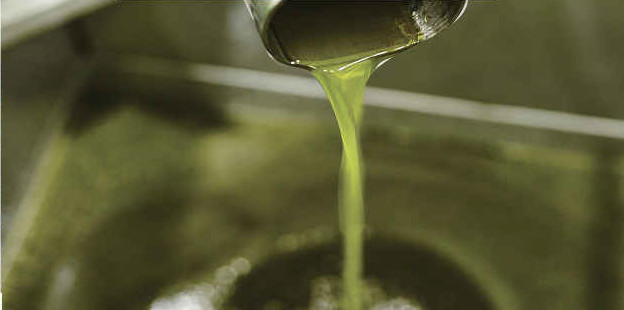
SUGGESTIONS FOR USE AND STORAGE
Olive oil is a typical food in the Mediterranean area, antique and prestigious product. It is the preferred dressing either raw or for cooking, but it is a high energy value product and
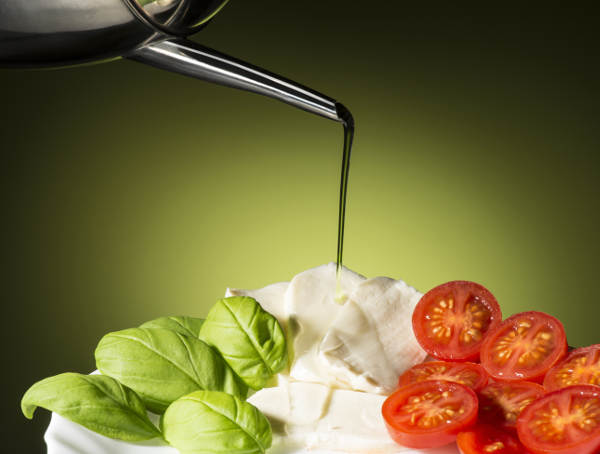
because of that the quantity used should be well dose, especially in case of overweight and obesity, even though it has beneficial properties. Olive oil should be stored away from light and heat sources. In order to evaluate the quality of any Olive Oil the acidity should be measured. The lower it is the better the product quality is.
When you purchase any olive oil it is important to thoroughly evaluate the product price as the traditional authenticity parameters could be artificially reproduced avoiding the filtration and dying the oil with chlorophyll.





